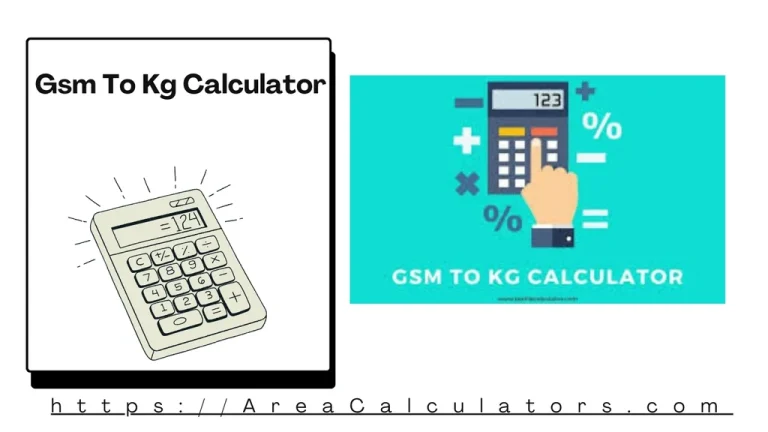Therapy Productivity Calculator [Productivity Calculator 2025]
To determine therapy productivity, divide the number of minutes a therapist spends in productive activities () by the total minutes worked () and multiply by 100. .
To determine therapy productivity, divide the number of minutes a therapist spends in productive activities () by the total minutes worked () and multiply by 100. .
The Therapy Productivity Calculator is an essential tool for therapists and healthcare administrators to measure efficiency in delivering care. It helps track how much of a therapist’s working time is spent in productive activities, such as direct patient care.
P =
| Variable | Description |
|---|---|
| Productivity Percentage | |
| Minutes spent in productive activities (e.g., patient care) | |
| Total minutes worked |
Example 1: Calculating Productivity for 360 Productive Minutes Out of 480 Worked Minutes
| Step | Value |
|---|---|
| Productive Minutes () | 360 |
| Total Minutes () | 480 |
| Productivity () |
Example 2: Calculating Productivity for 300 Productive Minutes Out of 400 Worked Minutes
| Step | Value |
|---|---|
| Productive Minutes () | 300 |
| Total Minutes () | 400 |
| Productivity () |
The Therapy Productivity Calculator is a specialized tool designed to measure the efficiency and output of therapists within a set period. It calculates how much productive time a therapist spends with patients, considering variables such as session duration, breaks, and other factors that might affect overall productivity.
This tool is particularly valuable for healthcare professionals such as physical therapists, occupational therapists, and rehabilitation specialists, as it helps track their performance and ensure they meet required productivity goals.
By inputting data like total patient hours and non-therapy time (such as breaks), this calculator provides a simple and effective way to determine productivity percentages.
For example, if a therapist works for 8 hours but only spends 6 hours in direct patient care, the calculator will provide the productivity rate as a percentage.
This allows therapists and administrators to identify areas of improvement and optimize workflow in therapeutic settings.
In addition to offering personalized calculations, many therapy productivity calculators come with apps for easy tracking, making it accessible on various devices, including iPhones.
Many healthcare practices use this tool to analyze and optimize therapist schedules, ensuring better patient care and more efficient use of resources.
Ultimately, the Therapy Productivity Calculator is an essential tool for improving efficiency in therapy practices. By accurately tracking and analyzing therapist productivity, it supports better decision-making and contributes to enhanced patient care while maintaining high operational standards.

Multiply GSM by width and length in meters, then divide by 1000 to convert grams to kilograms. The GSM to KG Calculator allows you to determine the weight of paper, fabric, or other materials in kilograms based on their GSM (grams per square meter), width, and length. Formula: Weight (kg) = GSM ∗ Width (m)…
To find pulse pressure, subtract the diastolic blood pressure from the systolic blood pressure. Formula: PP = SBP − DBP Table of Variables Variable Meaning PP Pulse Pressure SBP Systolic Blood Pressure DBP Diastolic Blood Pressure What is a Pulse Pressure Calculator | Easily Find The Systolic & Diastolic Blood Pressures With PP Calculator…
To find your REE, use different formulas for males and females. Each uses your weight, height, and age to estimate how many calories your body burns at rest. Formula: Males: REE = 66.47 + 13.75 × (W) + 5 × (H) − 6.76 × (A)Females: REE = 65.51 + 9.65 × (W) + 1.84 ×…
To calculate absolute risk reduction, take the event rate in the control group and subtract the event rate in the group that received treatment. Formula ARR = CER – EER Table of Variables Variable Meaning ARR Absolute Risk Reduction CER Control Event Rate EER Experimental Event Rate What is an Absolute Risk Reduction Calculator &…
To find the risk difference (RD), subtract the control group’s incidence (CIn) from the exposed group’s incidence (CIe). Formula: RD = CIe − CIn Table of Variables Variable Meaning RD Risk Difference CIe Cumulative Incidence (Exposed group) CIn Cumulative Incidence (Non-exposed group) What is a Risk Difference Calculator | Assess The Relative Risk & Adjust…